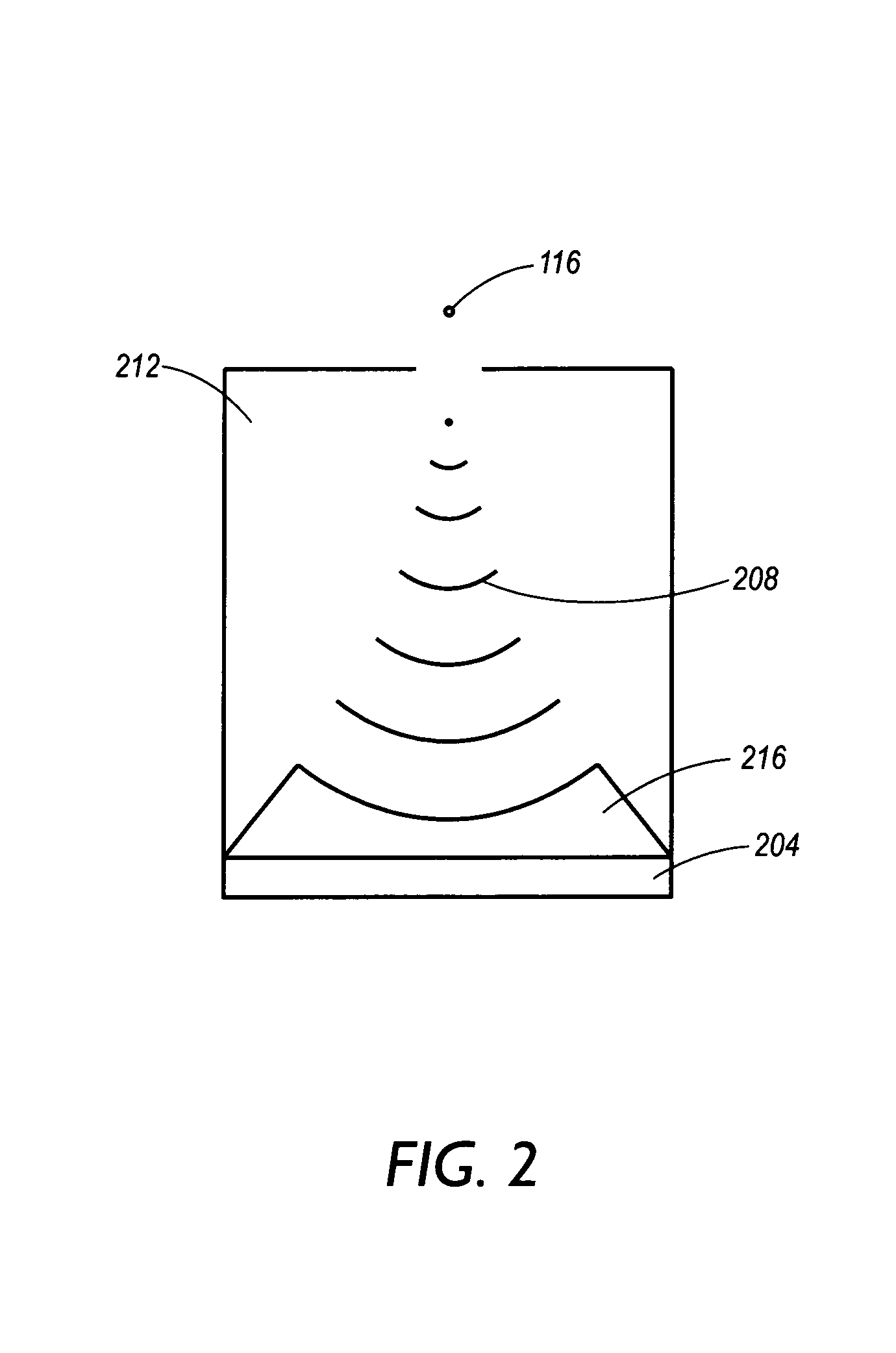Method for fabricating fine features by jet-printing and surface treatment
a technology of surface treatment and jet printing, which is applied in the direction of coatings, transistors, solid-state devices, etc., can solve the problems of corresponding problems in both techniques, and high cost of large-area array fabrication
- Summary
- Abstract
- Description
- Claims
- Application Information
AI Technical Summary
Problems solved by technology
Method used
Image
Examples
Embodiment Construction
[0019]In the following detailed description a method and system of forming fine-feature devices on a substrate using printed patterns will be described. The system will create a pattern, typically using a printer to controllably eject individual droplets to form a patterned protective layer or coating over regions of the substrate to define the outline of a feature. Regions that were not at one time covered by protective layer will be subject to deposition (or removal) of materials used to form various features. Thus feature size will not be limited by droplet size, but instead by how closely droplets can be positioned together without combining to form a single droplet. A system to tightly control the boundaries of the droplet and minimize possible coalescence of juxtaposed droplets will also be described.
[0020]FIG. 1 shows a system 100 including a heat source 104 that heats a reservoir 108 of typically phase-change material to a temperature that is sufficient to maintain the mater...
PUM
| Property | Measurement | Unit |
|---|---|---|
| width | aaaaa | aaaaa |
| sizes | aaaaa | aaaaa |
| feature size | aaaaa | aaaaa |
Abstract
Description
Claims
Application Information
 Login to View More
Login to View More - R&D
- Intellectual Property
- Life Sciences
- Materials
- Tech Scout
- Unparalleled Data Quality
- Higher Quality Content
- 60% Fewer Hallucinations
Browse by: Latest US Patents, China's latest patents, Technical Efficacy Thesaurus, Application Domain, Technology Topic, Popular Technical Reports.
© 2025 PatSnap. All rights reserved.Legal|Privacy policy|Modern Slavery Act Transparency Statement|Sitemap|About US| Contact US: help@patsnap.com



